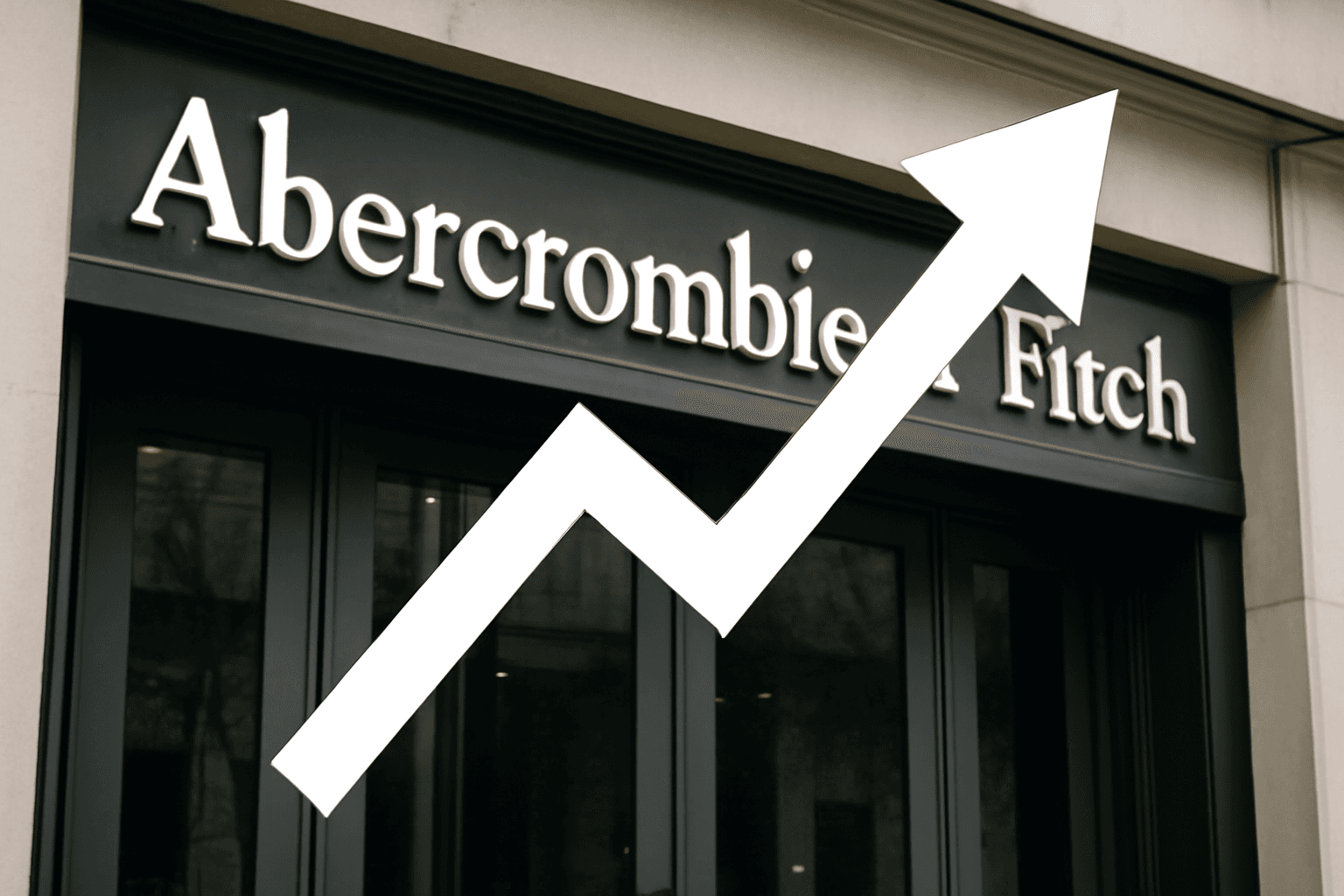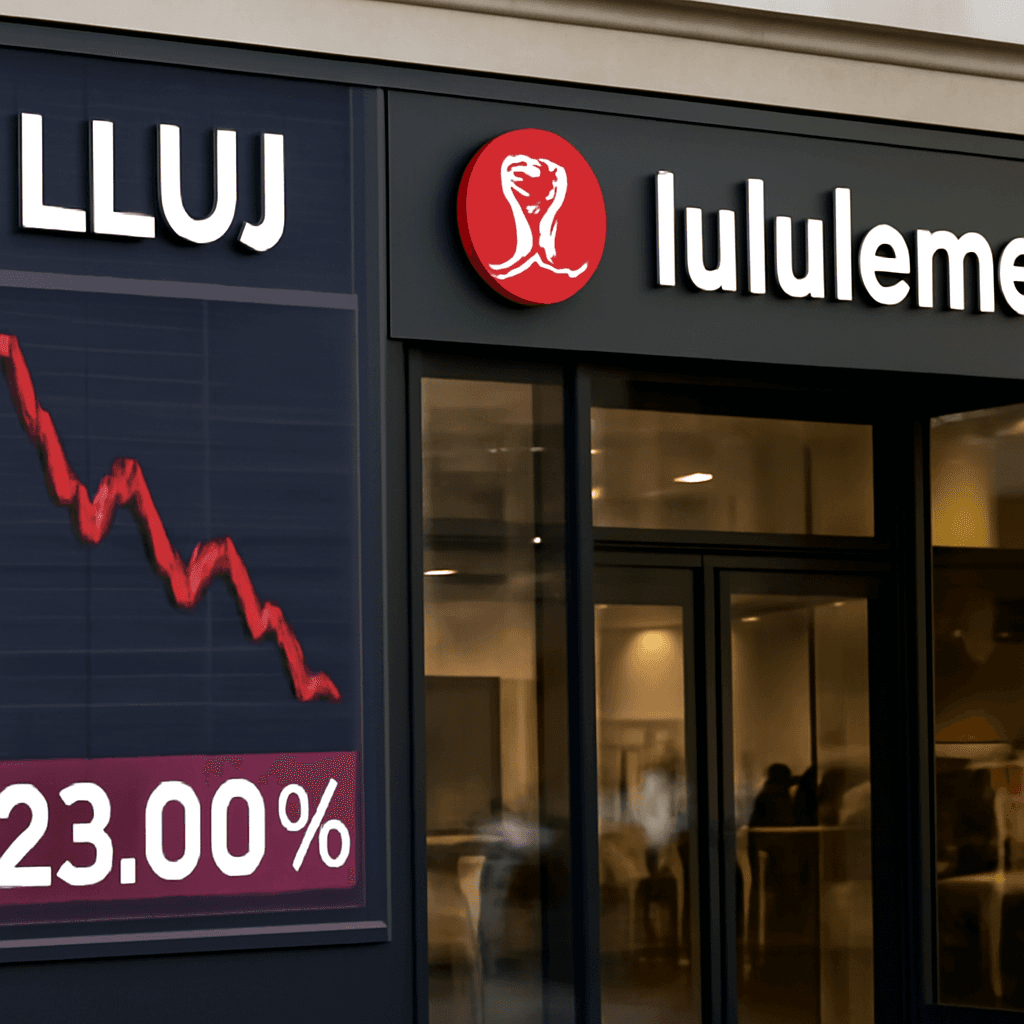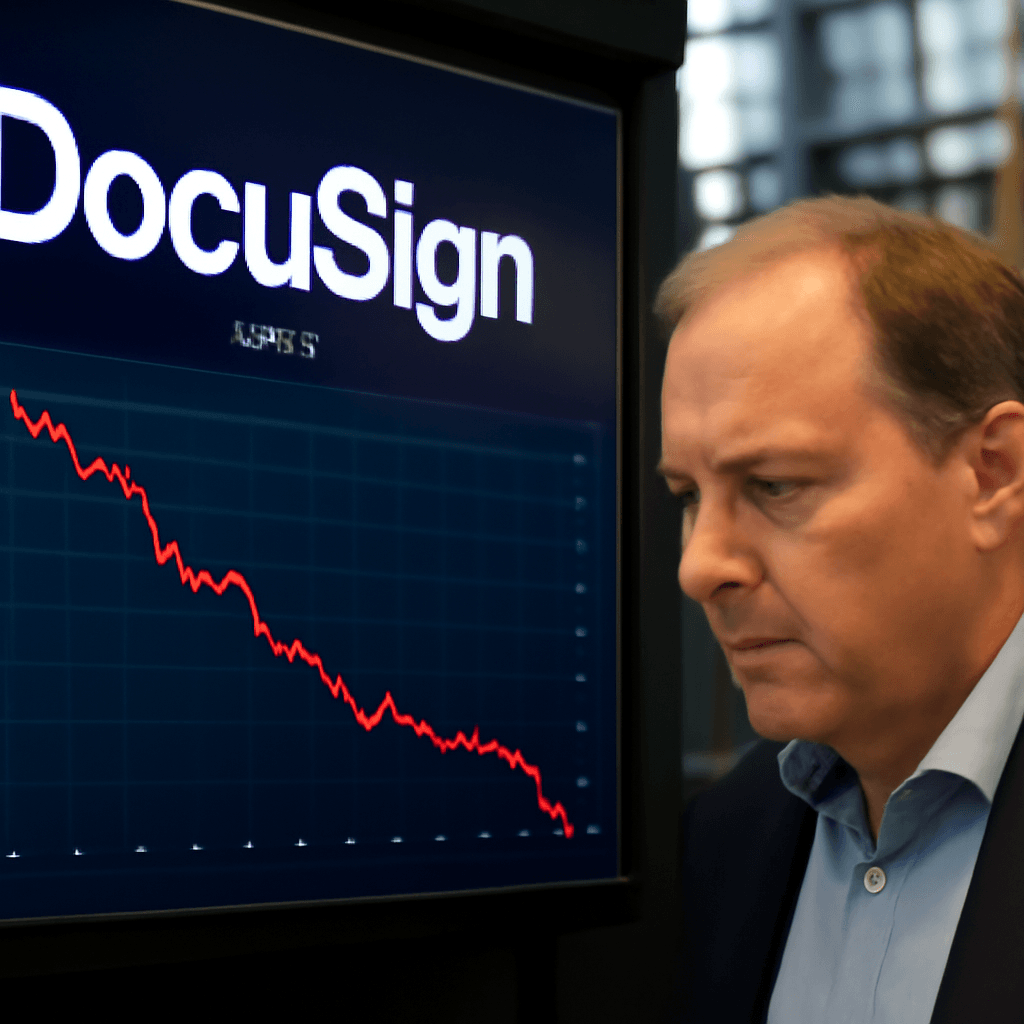DoorDash Stock Climbs Following Impressive Q2 Earnings Report
Shares of DoorDash, the leading food delivery service, surged nearly 5% in after-hours trading on Wednesday, fueled by better-than-expected second-quarter financial results. This growth extended the company's remarkable 54% rally so far in 2025, underscoring robust investor confidence amid a competitive food delivery market.
Stronger-Than-Expected Earnings and Revenue
DoorDash reported earnings per share (EPS) of 65 cents, significantly surpassing the analysts' consensus estimate of 44 cents, according to data from LSEG. Meanwhile, revenue rose sharply to $3.28 billion, beating expectations of $3.16 billion. This performance marked a 25% jump from $2.63 billion a year ago.
Notably, DoorDash flipped from a net loss of $157 million (or 38 cents per share) in the prior-year period to a net income of $285 million this quarter—an encouraging sign of its growing profitability in a sector known for thin margins.
Growth in Orders and Gross Order Value
DoorDash's total orders surged 20% to a staggering 761 million in Q2 compared to the same period last year. Correspondingly, the company's gross order value (GOV)—which measures the total dollar value of all orders—climbed 23% to reach $24.2 billion. These metrics highlight the platform's expanding customer base and increased consumer demand.
Looking Ahead: Q3 Guidance Amid Expansion Efforts
For the third quarter, DoorDash projects marketplace GOV between $24.2 billion and $24.7 billion, along with adjusted earnings anticipated to range from $680 million to $780 million. The company emphasized that these projections reflect continued investment in emerging categories and new international markets, pointing to its strategic growth initiatives beyond its core U.S. market.
Strategic Acquisitions Bolster Expansion
In May 2025, DoorDash strengthened its market position by acquiring a British food delivery startup along with a restaurant technology company. These acquisitions not only enlarge DoorDash’s geographical footprint but also enhance its technological capabilities—key factors in maintaining competitiveness against rivals like Uber Eats and Grubhub.
Expert Commentary: Navigating the Competitive Delivery Landscape
Industry analysts note that DoorDash’s ability to consistently beat earnings estimates stems from its deep understanding of consumer behavior shifts, innovative use of delivery logistics, and strategic diversification into categories like groceries and convenience store deliveries. As Bernstein strategist Nikhil Devnani recently highlighted, delivery and rideshare stocks are poised for growth due to persistent customer demand and evolving digital habits.
However, challenges remain, including regulatory scrutiny over gig worker classification and the sustainability of margins amid aggressive pricing and expansion costs. Investors will be watching how DoorDash balances these dynamics while scaling globally.
Why DoorDash’s Earnings Matter
DoorDash’s bullish earnings report shines a light on broader trends reshaping the on-demand economy. As Americans increasingly rely on digital platforms for food and essentials, the success of companies like DoorDash reflects transformative shifts in consumer lifestyles, urban mobility, and food service delivery models.
From a policy angle, sustained growth and profitability could influence discussions around labor rights for delivery workers, infrastructure investments in last-mile delivery, and data privacy norms related to consumer spending habits.
Editor’s Note
DoorDash’s recent earnings success offers a compelling snapshot of the evolving food delivery industry ecosystem—a space marked by rapid innovation, fierce competition, and shifting consumer expectations. While their strong financials demonstrate operational efficiency and market traction, ongoing challenges such as regulatory environment and competitive pressures warrant close attention. For consumers and investors alike, this raises broader questions about the sustainability of gig economy business models and their impact on the future of work and urban living.



















